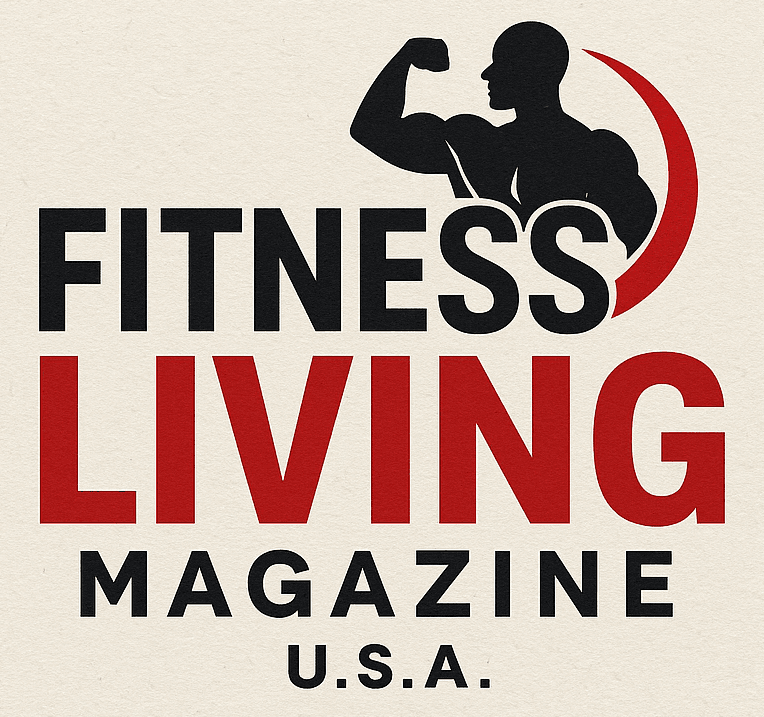
Unlocking Joint Mobility: Your Five-Minute Daily Routine
As athletes, fitness trainers, and gym owners, understanding the importance of flexibility and mobility cannot be overstated. Every day, our bodies endure various movements, but what often gets neglected in our training is the care of our joints. A prime method of preventing injuries and enhancing performance is establishing a concise daily routine dedicated to mobility.
Why a Daily Mobility Check-in is Essential
A five-minute routine can yield significant benefits, such as improving overall flexibility, maintaining joint health, and ensuring readiness for more intense workouts. Mobility isn't just a trend; it directly impacts how effectively we perform daily activities and athletic competitions. As noted in various studies and expert insights, enhanced flexibility leads to a broader range of motion, which is crucial in any athletic endeavor.
Simple Yet Effective Exercises for Every Trainer's Toolkit
Here’s a breakdown of crucial exercises that not only feel good but also help lubricate the joints and increase range of motion:
Shoulder Rotations: Between 5 to 10 repetitions enhance shoulder mobility. Focus on achieving the largest circles possible while keeping your ribcage stable.
Cat/Camel: Performing 10 to 20 of these creates tension in your core while allowing your back to stretch through rounded and arched positions, crucial for spinal flexibility.
T-Spine Extensions and Rotations: With 10 to 20 repetitions on each side, this exercise crucially assists in thoracic spine mobility, greatly beneficial for tasks requiring upper body rotation.
Rockbacks: Engaging the hips and lower back, rockbacks involve transitioning between sitting back and leaning forward, enhancing hip mobility through 20 to 40 repetitions.
Side-Lying Hip Rotations: Aim for 5 to 10 repetitions on each side to improve hip flexibility and internal/external rotation.
The Importance of Personalized Mobility Work
It's essential to acknowledge that this routine is a starting point. The diverse needs of gym-goers may necessitate personalized variations. For example, a recreational golfer might require additional hip rotation exercises, whereas a nursing mom could benefit more from thoracic spine movements. Listening to your body and recognizing when to adjust your routine are fundamental for optimizing results.
Cultivating Awareness in Your Body
One of the most significant takeaways from incorporating mobility exercises is the heightened awareness it fosters regarding how your body feels during workouts. When you perform these small daily checks, you become attuned to shifts and discomforts, leading to proactive adjustments in your training approach.
Future Insights: A Trend Towards Mobility Recovery
As the fitness community evolves, there is a growing trend toward emphasizing mobility as a vital recovery tool. Both rehab specialists and coaches are advocating for short, consistent routines that help maintain peak flexibility over time. Many athletes are finding that their endurance and performance vastly improve when they prioritize joint mobility, and it's essential this understanding permeates into training philosophies at gyms everywhere.
Conclusion: Making Fitness Accessible Through Mobility
Incorporating a five-minute daily mobility routine can transform not only your workout regimen but also the overall fitness culture in your gym. By promoting flexibility and joint health, you help create an environment that prioritizes injury prevention and long-term athleticism. This routine can be your first step in guiding clients toward a healthier, more resilient lifestyle.
Start today—dedicate just five minutes a day to joint mobility. You'll notice a significant difference in how you feel, perform, and recover.
 Add Row
Add Row  Add
Add 



Write A Comment